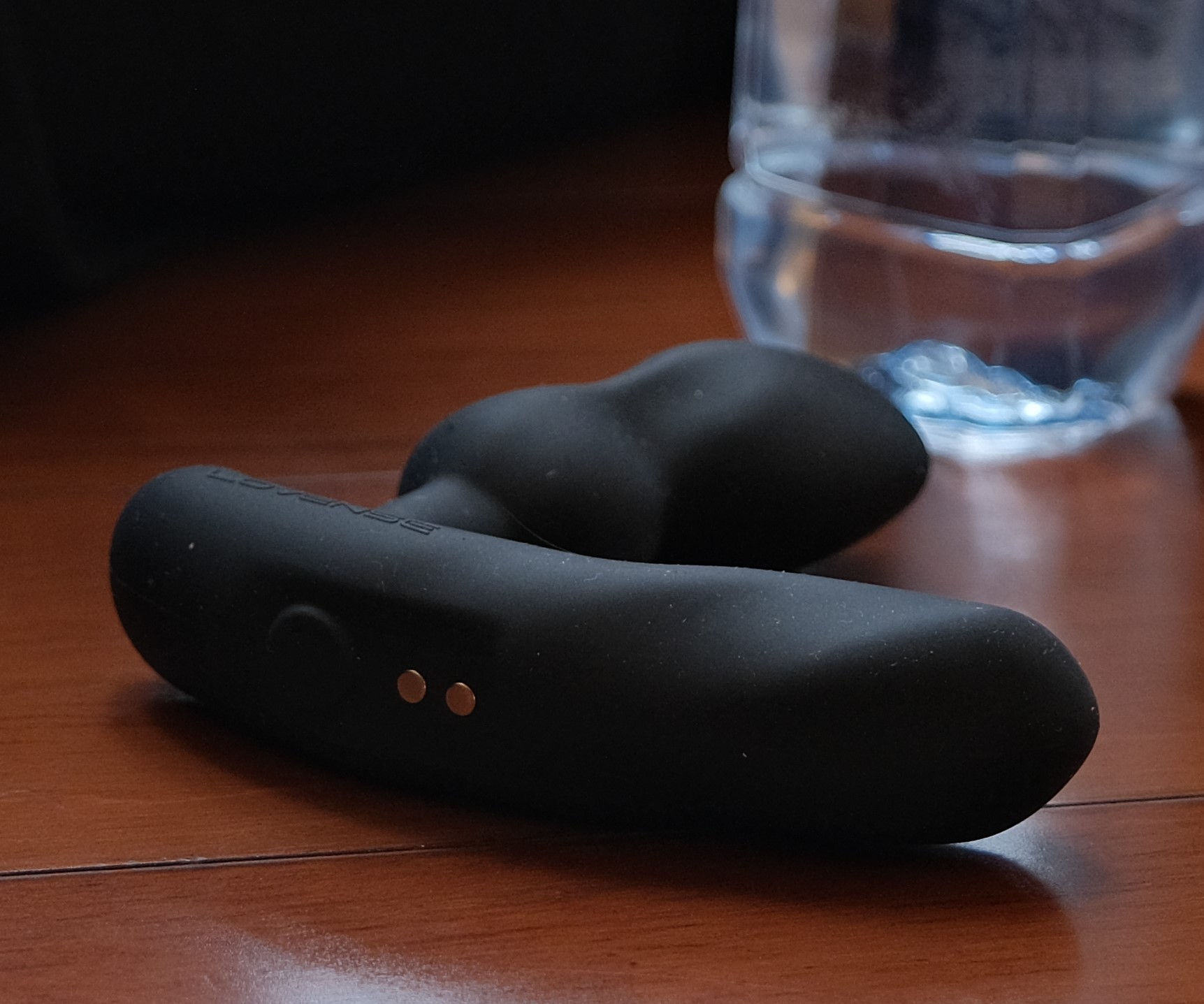
Understanding BDSM Choking
What is BDSM Choking?
BDSM choking, also known as breath play, involves restricting air flow during a BDSM scene. This practice can heighten sensations and create an intense connection between partners. However, it requires meticulous attention to safety due to the inherent risks involved. Choking is often used to establish a power dynamic, enhancing the submissive’s sense of vulnerability and the dominant’s control.
“Choking can be a powerful experience when done safely and consensually. It should always be approached with caution and clear communication.”
The Appeal of Choking in BDSM
The allure of choking in BDSM is multifacet ed. For some, the physical sensation of having their breath controlled can be exhilarating and deeply intimate. For others, the psychological aspect knowing they are placing their trust entirely in their partner can be profoundly arousing. Choking can amplify the submissive’s feeling of helplessness and the dominant’s sense of authority, creating a potent dynamic.
Key Points:
- Heightened Sensations: Choking can intensify physical and emotional sensations.
- Trust and Intimacy: It requires a deep level of trust and communication.
- Power Dynamics: Enhances the roles of dominance and submission.
Safety Precautions for BDSM Choking
Ensuring safety in BDSM choking is paramount. Here are some essential safety precautions:
Importance of Safety
BDSM choking should never be attempted without a thorough understanding of the potential risks and necessary precautions. The neck is a vulnerable area with critical blood vessels and airways, and improper technique can lead to serious injury or even death.
Risks and Dangers
Understanding the risks is crucial. These include:
- Asphyxiation: Lack of oxygen can cause unconsciousness or brain damage.
- Vascular Injury: Damage to blood vessels can lead to stroke or other complications.
- Emotional Trauma: Psychological harm can occur if bo undaries are not respected.
To mitigate these risks, always prioritize communication and consent. Discuss boundaries and establish safe words or signals before engaging in breath play.
Safety Measures to Implement
Here are some steps to ensure safety during BDSM choking:
- Hand Placement: Keep pressure on the sides of the neck, avoiding the trachea.
- Pressure Control: Apply gentle pressure; it should never cause pain.
- Monitor Responses: Watch for signs of distress, such as changes in skin color or difficulty breathing.
Recognizing Warning Signs
Its vital to recognize and respond to warning signs promptly. Signs that indicate the need to stop immediately include:
- Sudden Weakness or Limpness: Indicates possible oxygen deprivation.
- Panic or Distress: Any sign of panic should be taken seriously.
- Unconsciousness: If the submissive lose s consciousness, release pressure immediately and ensure their airway is clear.
| Precaution | Description |
|---|---|
| Hand Placement | Keep hands on the sides of the neck, avoiding direct pressure on the windpipe. |
| Pressure Control | Apply gentle, controlled pressure to avoid pain or injury. |
| Communication | Establish safe words or signals and maintain constant communication. |
| Monitor Responses | Watch for any signs of distress or difficulty breathing. |
| Immediate Action | Release pressure immediately if any warning signs are observed. |
Consent and Communication
Establishing Consent
Consent is the cornerstone of any BDSM activity, especially those involving higher risks like choking. Before engaging in any breath play, have a detailed discussion with your partner about boundaries and limits. Make sure that both parties are fully aware of the potential risks and have agreed upon the specifics of the scene.
Communication Techniques
Effective communication is essential during choking scenes. This includes:
- Pre-Scene Discussions: Talk about what you want to experience and any concerns you might have.
- Safe Words: Agree on a safe word that either party can use to stop the scene immediately.
- Non-Verbal Signals: Have a non-verbal signal, such as tapping, for situations where the submissive might not be able to speak.
Using Safe Words and Signals
Safe words and signals are critical in maintaining a safe and consensual environment. They allow the submissive to communicate their limits clearly, even if th ey are unable to speak. Always respect the safe word or signal without hesitation.
Communication is key in BDSM. Without it, trust can be broken, and safety can be compromised
By understanding these fundamental aspects of BDSM choking, you can ensure a safe, consensual, and deeply satisfying experience. Remember, the key to successful breath play lies in education, communication, and mutual respect.
Choking Techniques and Best Practices
Proper Choking Techniques
When engaging in BDSM choking, it’s crucial to use the correct technique to ensure safety and enhance the experience. Here’s a step-by-step guide to proper choking techniques:
- Hand Placement: Place your hands on the sides of the neck, where the carotid arteries are located, rather than on the front where the windpipe is.
- Gentle Pressure: Apply gentle pressure on the sides of the neck. The goal is to restrict blood flow slightly, not to cause pain or cut off air entirely.
- Check for Responses: Continuously monitor your partner’s responses. Ensure they can still breathe and communicate.
The goal is to enhance the experience, not to cause harm. Always prioritize your partner’s safety and comfort
Hand Placement and Pressure
Correct hand placement and pressure application are key to safe BDSM choking. The hands should be positioned on the sides of the neck, avoiding t he windpipe. This helps to reduce the risk of injury and ensure that the choking remains a safe and consensual activity.
Steps for Proper Hand Placement:
- Sides of the Neck: Hands should be placed on the sides, targeting the carotid arteries.
- Avoid the Trachea: Never apply pressure directly to the windpipe.
- Light Pressure: Start with very light pressure and increase only if it’s comfortable and consensual.
Table: Hand Placement and Pressure Guide
| Aspect | Description |
|---|---|
| Hand Placement | Sides of the neck, avoiding the trachea. |
| Pressure Application | Gentle, controlled pressure to restrict blood flow slightly, not to cut off airflow. |
| Monitoring | Continuously check for signs of discomfort or distress. |
Avoiding Dangerous Areas
When engaging in BDSM choking, it’s important to avoid applying pressure to certain areas to prevent serious injury:
- Windpipe (Trachea): Applying pressure here can cause choking or damage to the airway.
- Back of the Neck: This area is sensitive and can cause nerve damage if mishandled.
- Jaw and Ears: Avoid these areas to prevent discomfort and pain.
Psychological Aspects of BDSM Choking
Mental Preparation
Preparing oneself mentally for BDSM choking involves unde rstanding the psychological impact and ensuring both partners are ready for the experience. This includes discussing any fears or concerns and setting clear boundaries.
Impact on Trust and Intimacy
BDSM choking can significantly impact the trust and intimacy between partners. When performed consensually and safely, it can deepen the connection and enhance the dynamic:
- Trust: The submissive places their trust in the dominant, which can strengthen their bond.
- Intimacy: The act of choking can be intensely intimate, enhancing emotional and physical closeness.
Handling Emotional Responses
It’s normal for both partners to experience a range of emotions during and after a choking scene. Effective communication and aftercare are essential for managing these responses.
Aftercare for BDSM Choking
Importance of Aftercare
Aftercare is a critical component of any BDSM activity, especially choking. It involves taking care of each other’s physical and emotional needs after a scene to ens ure both partners feel safe and supported.
Types of Aftercare:
- Physical Aftercare: This might include cuddling, providing water, or treating any physical discomfort.
- Emotional Aftercare: Discussing the scene, affirming trust, and addressing any emotional reactions.
Aftercare is as important as the scene itself. It ensures that both partners feel valued and cared for
Re establishing Connection
Aftercare helps re-establis h the connection between partners, reaffirming trust and ensuring that both feel comfortable and secure.
Steps for Effective Aftercare:
- Immediate Comfort: Provide immediate comfort, such as holding your partner or offering a blanket.
- Hydration and Snacks: Offer water and snacks to help them recover physically.
- Emotional Support: Discuss the scene, validate their feelings, and reassure them of their safety.
List: Essential Aftercare Steps
- Immediate Physical Comfort: Holding, cuddling, and warmth.
- Hydration: Offer water or electrolyte drinks.
- Nutritional Support: Light snacks to replenish energy.
- Emotional Debriefing: Discuss the scene and feelings.
- Reassurance: Affirm trust and provide emotional support.
Common FAQs about BDSM Choking
Is BDSM Choking Safe?
When performed correctly, BDSM choking can be safe. It requires proper technique, clear communication, and an understanding of the risks involved.
What Should I Do if Something Goes Wrong?
If something goes wrong during a BDSM choking scene, immediately stop and ensure the safety of your partner. Knowing basic first aid and having a plan in place can help manage emergencies effectively.
How Do I Start Exploring BDSM Choking?
For beginners, it’s important to start slowly and educate yourself thoroughly. Here are some tips:
- Research: Read up on techniques and safety measures.
- Communicate: Have open discussions with your partner about boundaries and expectations.
- Start Slow: Begin with very light pressure and gradually explore more as you become comfortable.
Additional Resources and Learning
Books and Articles
There are numerous resources available for those interested in learning more about BDSM choking:
- The Ultimate Guide to Kink
- SM 101: A Realist ic Introduction
- Kinkly’s Online Articles and Guides
Workshops and Classes
Attending workshops or classes can provide hands-on learning and expert guidance:
- Kink Academy Workshops
- Local BDSM Community Events
- Online Courses on BDSM Safety
Online Communities
Joining online communities can offer support and advice from experienced practitioners:
- FetLife Groups
- Reddit BDSM Communities
- Discord Servers for BDSM Enthusiasts
Psychological Aspects of BDSM Choking
Mental Preparation
Preparing mentally for BDSM choking is crucial for both partners. This preparation involves understanding the psychological impact and ensuring that both partners are emotionally ready for the experience. Discuss any fears, boundaries, and expectations thoroughly.
Key Considerations:
- Discuss Fears and Concerns: Open communication about potential anxieties can alleviate stress.
- Set Clear Boundaries: Establish what is and isn’t acceptable.
- Agree on Safe Words: Choose words or signals that can be used to stop the scene immediately if needed.
Impact on Trust and Intimacy
BDSM choking can significantly affect the trust and intimacy between partners. When performed consensually, it can deepen the emotional connection and enhance the dynamic of the relationship. The submissive’s trust in the dominant is essential, and the dominant must respect this trust by adhering to agreed-upon boundaries.
Enhancing Intimacy:
- Increased Vulnerability: The act of choking involves a high level of vulnerability, which can strengthen emotional bonds.
- Mutual Respect: Respecting boundaries and consent builds mutual respect and trust.
BDSM choking can be a profound act of trust, reinforcing the bond between partners when done safely and consensually.
Handling Emotional Responses
Emotional responses during and after BDSM choking scenes are normal. Addressing these responses appropriately is essential for maintaining a healthy dynamic.
Steps to Manage Emotional Responses:
- Debriefing After the Scene: Talk about what went well and any areas of concern.
- Providing Reassurance: Affirm your partner’s feelings and experiences.
- Continuous Communication: Keep the lines of communication open to address any lingering emotions.




